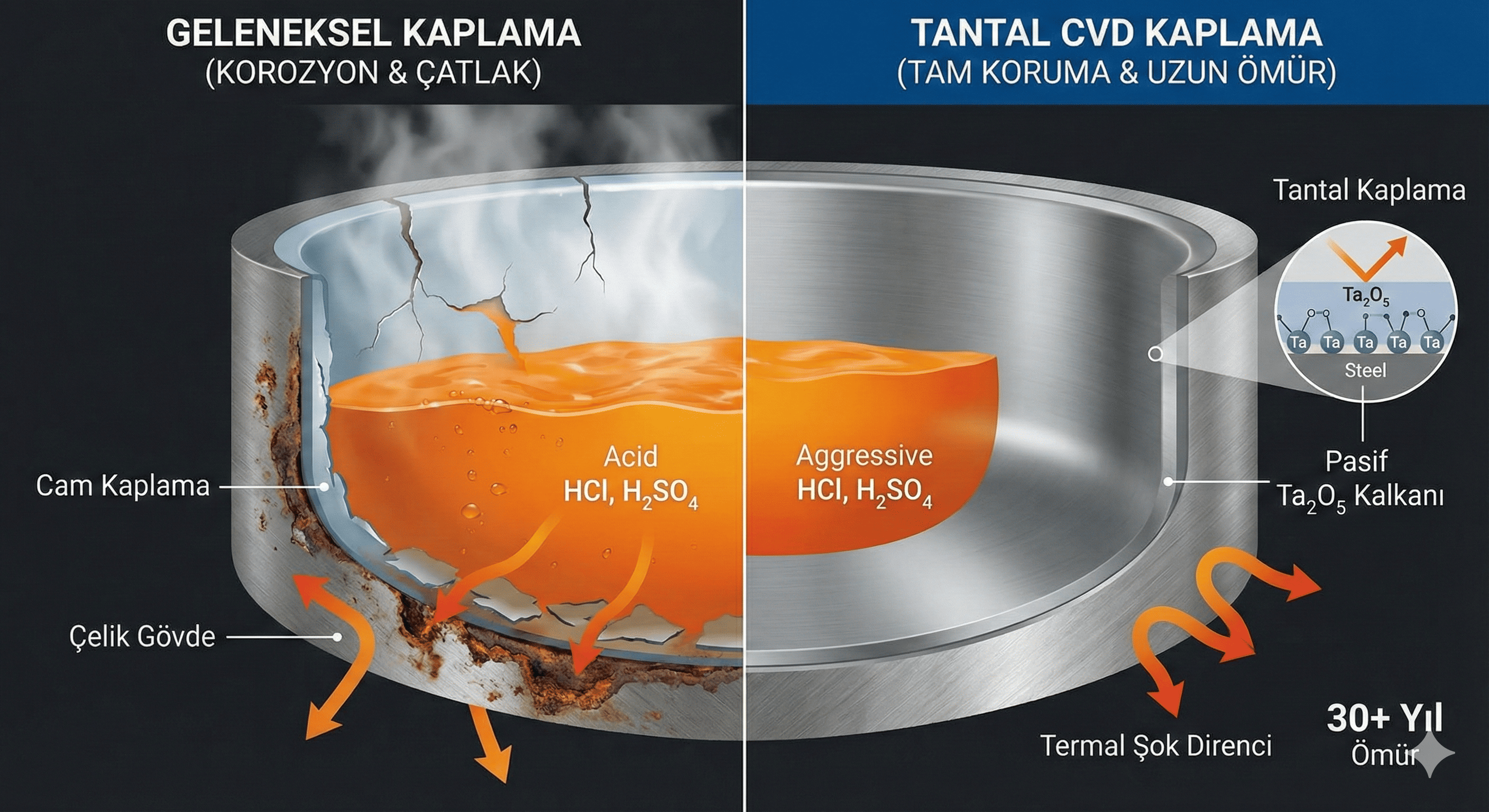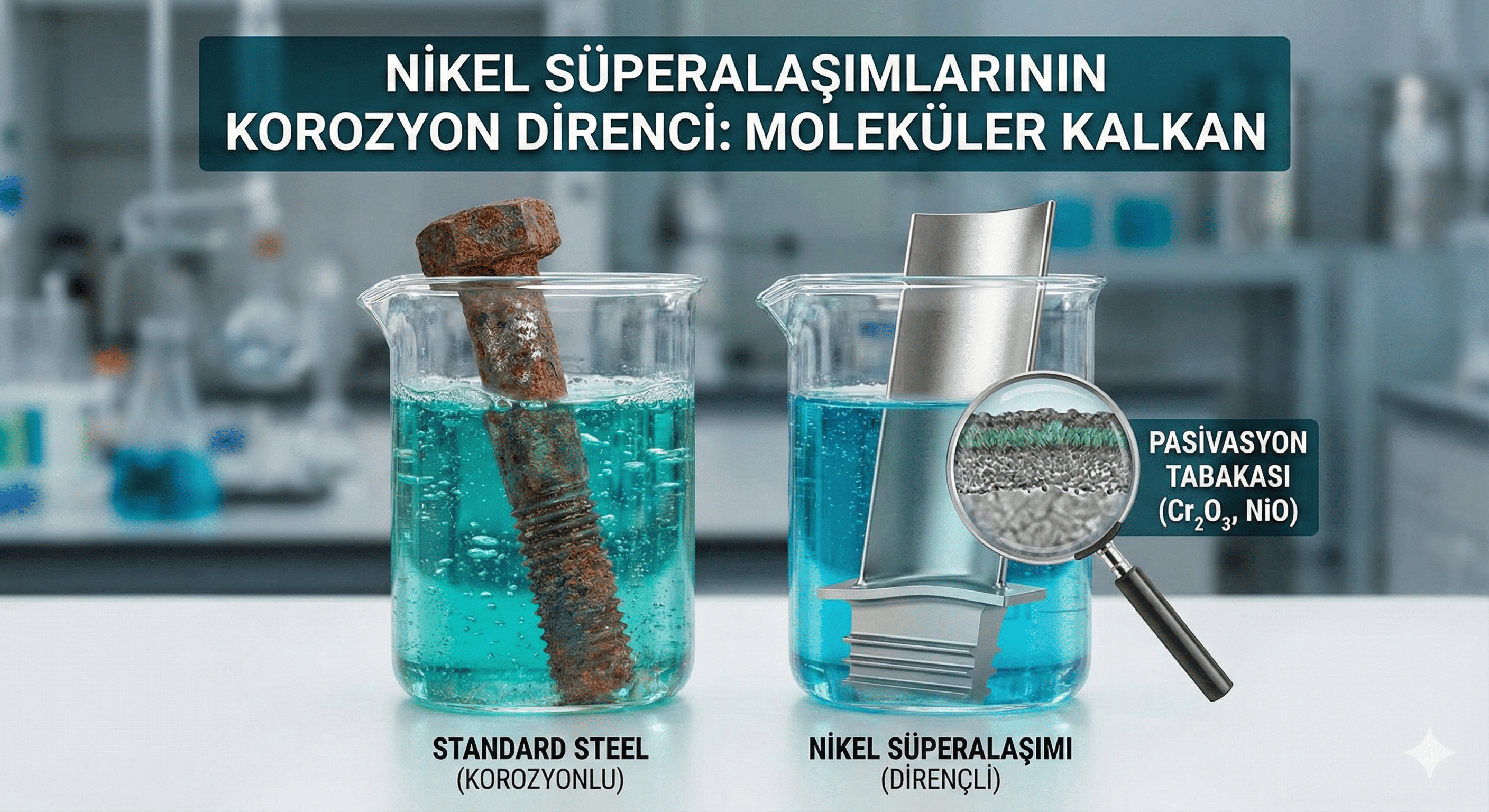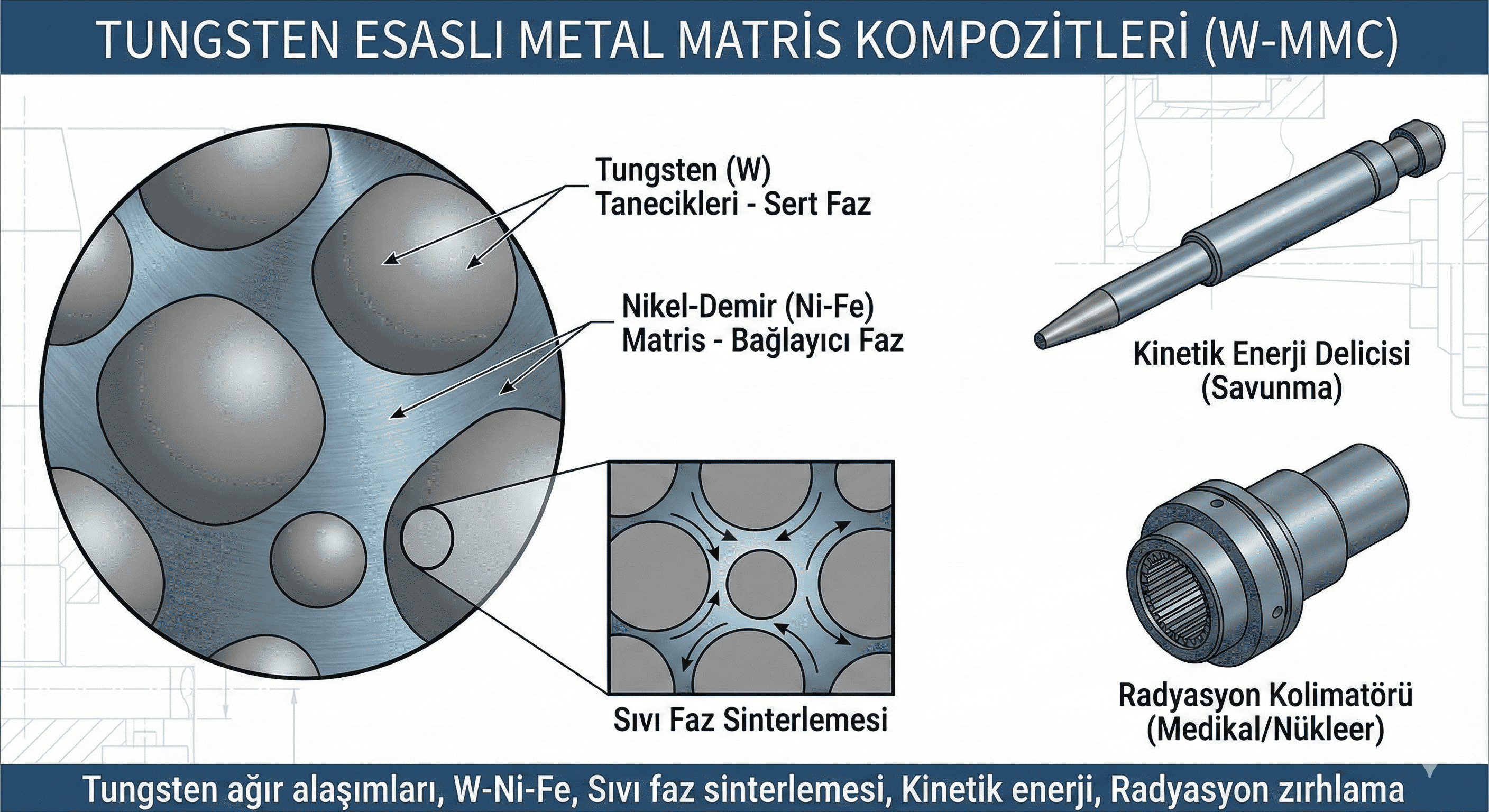Tantalum Nanoparticles: Properties, Synthesis, and Applications
Introduction
Tantalum nanoparticles (Ta NPs) are nanoscale particles of tantalum, a transition metal known for its high melting point and excellent corrosion resistance. With diameters ranging from 1 to 100 nanometers, tantalum nanoparticles exhibit unique physical and chemical properties that make them valuable in a range of advanced technological and industrial applications. This article explores the properties, synthesis methods, and diverse applications of tantalum nanoparticles.
Chemical Properties
- Composition: Tantalum nanoparticles are composed of pure tantalum metal. Tantalum has a high atomic number and is highly resistant to corrosion and oxidation.
- Reactivity: Tantalum nanoparticles are chemically stable and exhibit resistance to oxidation and corrosion under normal conditions. However, they can react with strong acids and bases. Their surface reactivity is influenced by their high surface area, which can be beneficial in catalytic applications.
- Surface Chemistry: The high surface area of tantalum nanoparticles allows for significant interaction with other materials and chemicals. Surface modifications can be applied to enhance stability, functionality, or compatibility in various applications.
Physical Properties
- Size and Shape: Tantalum nanoparticles typically range in size from 1 to 100 nanometers. They can be spherical, rod-like, or have other morphologies depending on the synthesis method used.
- Density: The density of tantalum nanoparticles is lower compared to bulk tantalum due to their high surface area and potential porosity. This characteristic can affect their performance in applications such as catalysts or conductive materials.
- Mechanical Properties: Tantalum nanoparticles exhibit different mechanical properties compared to bulk material. They are generally harder and more brittle due to their small size and surface effects.
- Thermal Properties: Tantalum nanoparticles are highly thermally stable with a melting point of around 3,000°C (5,432°F). They retain their properties at high temperatures, making them suitable for high-temperature applications.
- Optical Properties: The optical properties of tantalum nanoparticles are less pronounced compared to other metal nanoparticles. However, they can exhibit unique behaviors in specific optical applications, such as in certain types of sensors.
Synthesis Methods
- Chemical Vapor Deposition (CVD): CVD involves the deposition of tantalum vapor onto a substrate, where it condenses to form nanoparticles. This method allows for precise control over particle size and morphology.
- Sol-Gel Method: In the sol-gel process, tantalum precursors are dissolved in a solution and converted into a gel. The gel is then dried and calcined to produce tantalum nanoparticles with controlled size and distribution.
- Hydrothermal Synthesis: Tantalum nanoparticles can be synthesized using hydrothermal methods, where tantalum salts are reacted in a high-temperature, high-pressure aqueous environment. This method provides high-purity nanoparticles with well-defined properties.
- Chemical Reduction: Tantalum nanoparticles can be produced by chemically reducing tantalum salts using reducing agents. The reduction process is carried out in a solution, and the nanoparticles are then collected and processed.
- Laser Ablation: In laser ablation, a tantalum target is irradiated with a high-energy laser in a vacuum or inert gas atmosphere. The laser causes the target to vaporize, and the vapor condenses into nanoparticles upon cooling.
- Ball Milling: This method involves grinding bulk tantalum in a ball mill to produce nanoparticles. The mechanical milling process breaks down the bulk material into nanoscale particles.
Applications
- Electronics: Tantalum nanoparticles are used in electronics, particularly in the production of capacitors and resistors. Their high electrical conductivity and stability make them suitable for use in electronic components.
- Catalysis: Tantalum nanoparticles serve as catalysts or catalyst supports in various chemical reactions, including hydrogenation and oxidation processes. Their high surface area and catalytic activity enhance their effectiveness in these reactions.
- Biomedical Applications: Research is exploring the use of tantalum nanoparticles in biomedical fields, such as drug delivery, imaging, and therapy. Their biocompatibility and ability to be functionalized make them promising candidates for these applications.
- Optical and Photonic Devices: Tantalum nanoparticles are employed in optical and photonic devices due to their unique properties. They can be used in applications such as imaging, sensors, and light manipulation.
- Energy Storage: In energy storage devices, such as batteries and supercapacitors, tantalum nanoparticles are used to improve performance. Their high surface area and conductivity contribute to enhanced charge storage and cycling stability.
- Material Science: Tantalum nanoparticles are used in advanced materials and coatings due to their high melting point and corrosion resistance. They are used in applications requiring high-temperature stability and durability.
Safety and Handling
- Toxicity: Tantalum nanoparticles are generally considered to have low toxicity. However, inhalation of fine dust or prolonged exposure should be avoided. Proper safety measures should be followed to minimize health risks.
- Protective Measures: When handling tantalum nanoparticles, use appropriate personal protective equipment (PPE) such as dust masks, safety goggles, and gloves. Work in a well-ventilated area or fume hood to reduce exposure to airborne particles.
- Storage: Store tantalum nanoparticles in airtight containers to prevent contamination and moisture absorption. Keep them in a cool, dry place to maintain their stability and prevent degradation.
Conclusion
Tantalum nanoparticles offer a range of valuable properties, including high electrical conductivity, thermal stability, and catalytic activity. Their unique size-dependent properties make them suitable for various applications in electronics, catalysis, biomedical fields, and energy storage. Understanding their synthesis methods, properties, and safety considerations is essential for effectively utilizing tantalum nanoparticles in advanced technologies and industrial processes.
If you have further questions or need additional details, feel free to ask!





